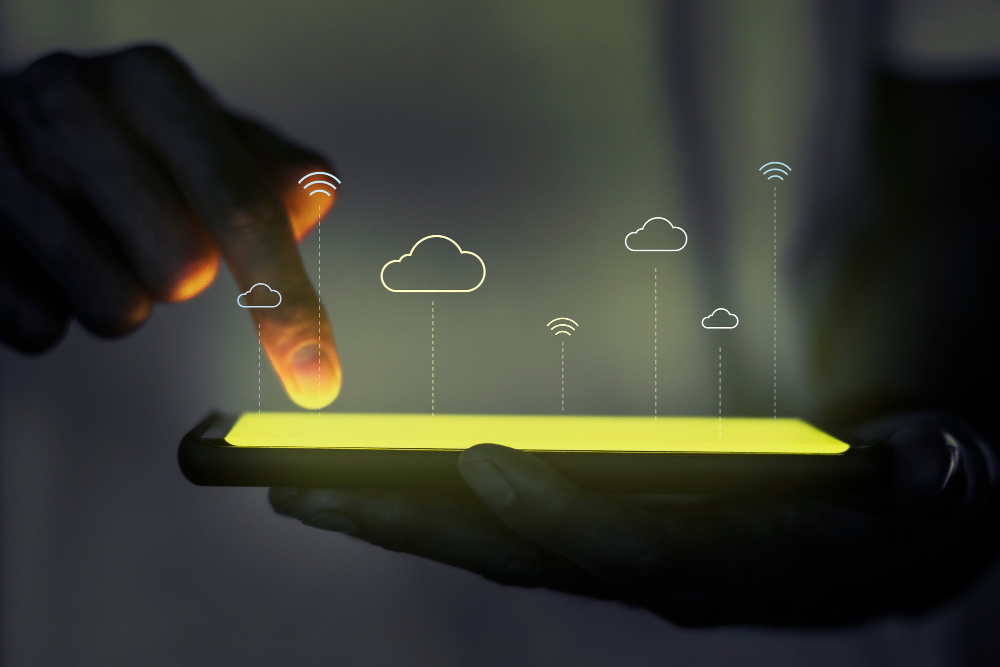Medicine still relies largely on population averages, even though genetic and cellular differences shape how diseases develop and respond to treatment.
Researchers at Microsoft argue that AI could transform healthcare by learning the language of biology and enabling truly personalised medicine instead of one-size-fits-all therapies.
Ava Amini, principal researcher at Microsoft Research, explains that AI can detect biological patterns at a scale impossible for human analysis.
Single cancer biopsies can generate tens of millions of data points, allowing AI models to identify meaningful signals and support precision treatment strategies tailored to individual patients.
Building on decades of biological coding systems, Microsoft has developed generative models such as EvoDiff and the Dayhoff Atlas to design new proteins using biological language.
Lab testing has shown a marked improvement in functional success, demonstrating that AI-driven protein design is moving beyond theory into real-world application.
Challenges remain in modelling entire human cells, where current AI systems still predict averages rather than biological diversity. Microsoft researchers continue to pursue integrated experimental and computational approaches, aiming to bring precision oncology closer to everyday clinical practice.
Would you like to learn more about AI, tech and digital diplomacy? If so, ask our Diplo chatbot!










